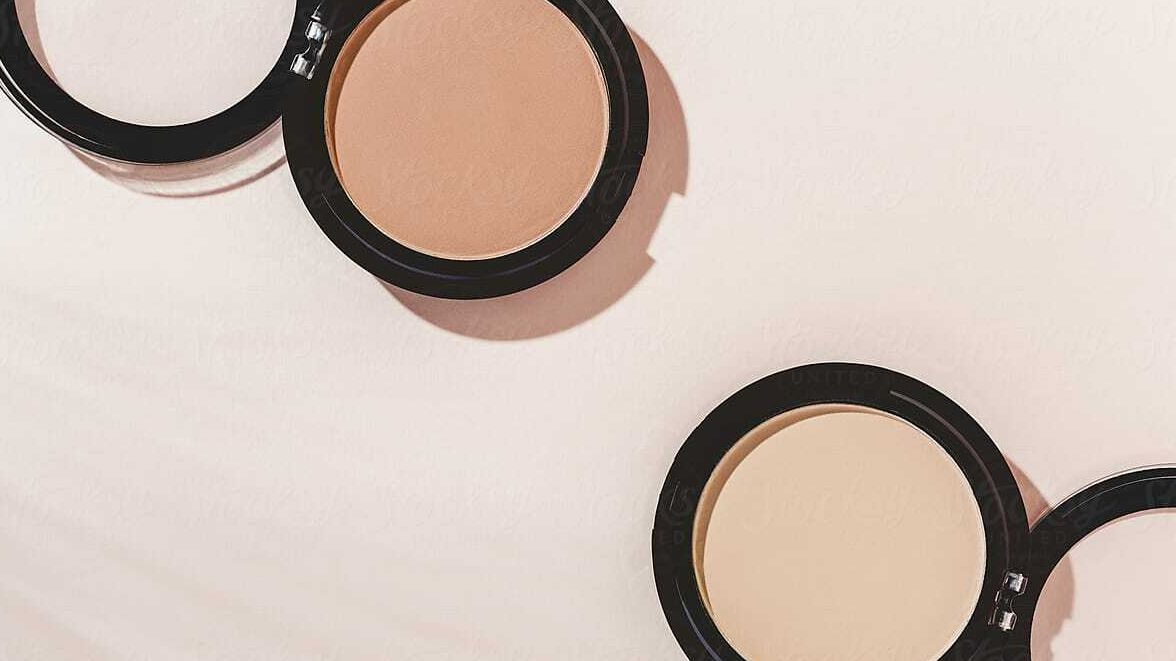Blog
Sleeping hot? Your memory foam mattress could be to blame — here’s how to fix it
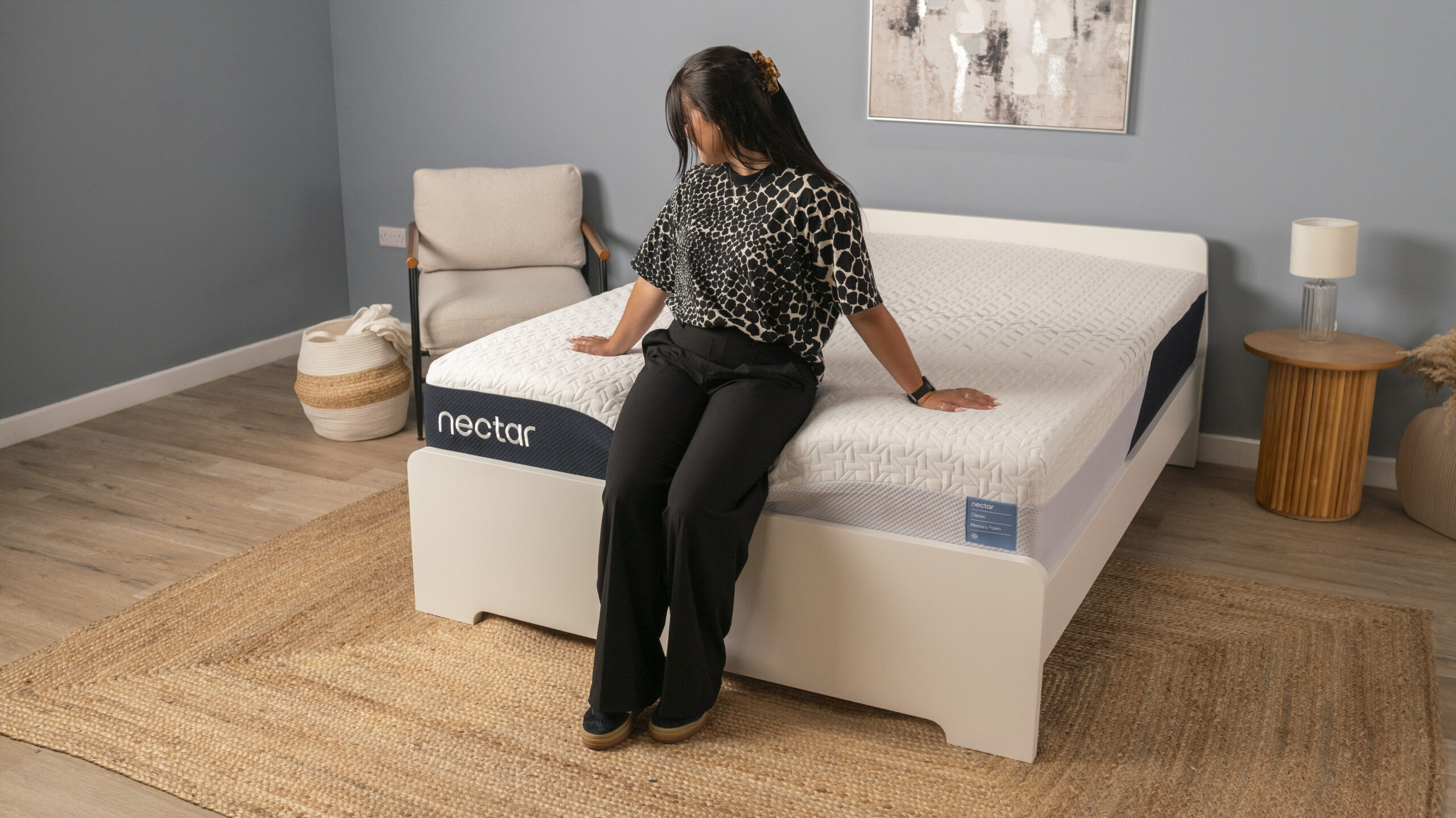
Constantly tossing and turning during the night, trying to find (seemingly non-existent) cooler parts of the bed? This could be because your memory foam mattress is sucking up heat.
I should preface this article by saying not all memory foam mattresses are the reason behind your hot sleeping.
In fact, the best memory foam mattresses we’ve tested this year are built with specialist cooling technology to make sure you remain comfortable throughout the night.
However, some memory foam beds hold on to heat due to their dense structure and lack of airflow. Ahead, I’ll dig into why your foam mattress can make you sleep hot, what you can do to cool it down and what materials you should look out for if you’re a memory foam lover shopping this month’s mattress sales.
Why your memory foam mattress can make you sleep hot
Synthetic materials lack airflow
Unlike natural fibers like wool and cotton, which have airy open-cell structures, synthetic materials found in many mattresses tend to trap heat.
Memory foam mattresses are primarily made from polyurethane, a synthetic material derived from petroleum. This material has strong heat retention (perfect in insulation, but not so much in a mattress, especially in summer).
Other synthetic materials, like polyester and latex, are also commonly used in the construction of these mattresses. While air flows naturally through natural latex, synthetic latex is essentially a dense polymer foam.
This means it’s not great for hot sleepers who struggle to regulate their body temperature through the night as this dense structure cuts off airflow.
Dense structures hold on to heat
Think of mattress foam like a sponge — it soaks up air and moisture around it. With little air flowing through the dense foam, heat from your body and bedroom gets trapped within your mattress.
This means memory foam easily retains heat and holds on to body moisture when there aren’t cooling technologies, such as heat-conducting metals or antimicrobial fabrics, present to combat it.
This has the potential to worsen night sweats, and can lead to you waking up feeling clammy in the night. Not good news for your sleep hygiene.
Memory foam ‘hug’ can be suffocating
One of popular features of a memory foam mattress is its ability to contour to your body, feeling like a gentle hug from your bed while providing a good balance of pressure relief and lumbar support.
However, hot sleepers may find this sensation suffocating, especially as it means there’s less room for air to flow around the body and more chance of it retaining heat.
As the foam molds to the contours in your body, it can become a dam where sweat builds up. Foams also tend to soften when heated up, which can make the bed sink even more beneath you.

How to sleep cool on a memory foam mattress
Select the right bedframe
A bedframe with good ventilation is key to keeping your memory foam mattress as cool as possible.
A frame with slats rather than a solid surface allows air to flow freely beneath the mattress for a better chance of cooling.
While placing your mattress on certain floors can also help to keep it cool, we don’t recommend this with memory foam, as you’ll be preventing airflow further.
Add a cooling topper
You can add a cooling layer to your memory foam mattress with a top-rated mattress topper. Toppers with cooling gel and breathable materials like natural latex and wool can help counteract the heat-trapping tendencies of memory foam.
The Molecule CopperWELL mattress topper is the best cooling topper we’ve tested this year, but we also recommend the Tempur-Pedic Tempur-Adapt + Cooling Mattress Topper to hot sleepers.
If you seriously want to level up the climate control in your bed, you can shop a smart mattress topper with active cooling.
These toppers sit between your mattress and fitted sheet and, like the best smart beds, are fitted with smart temperature management systems.
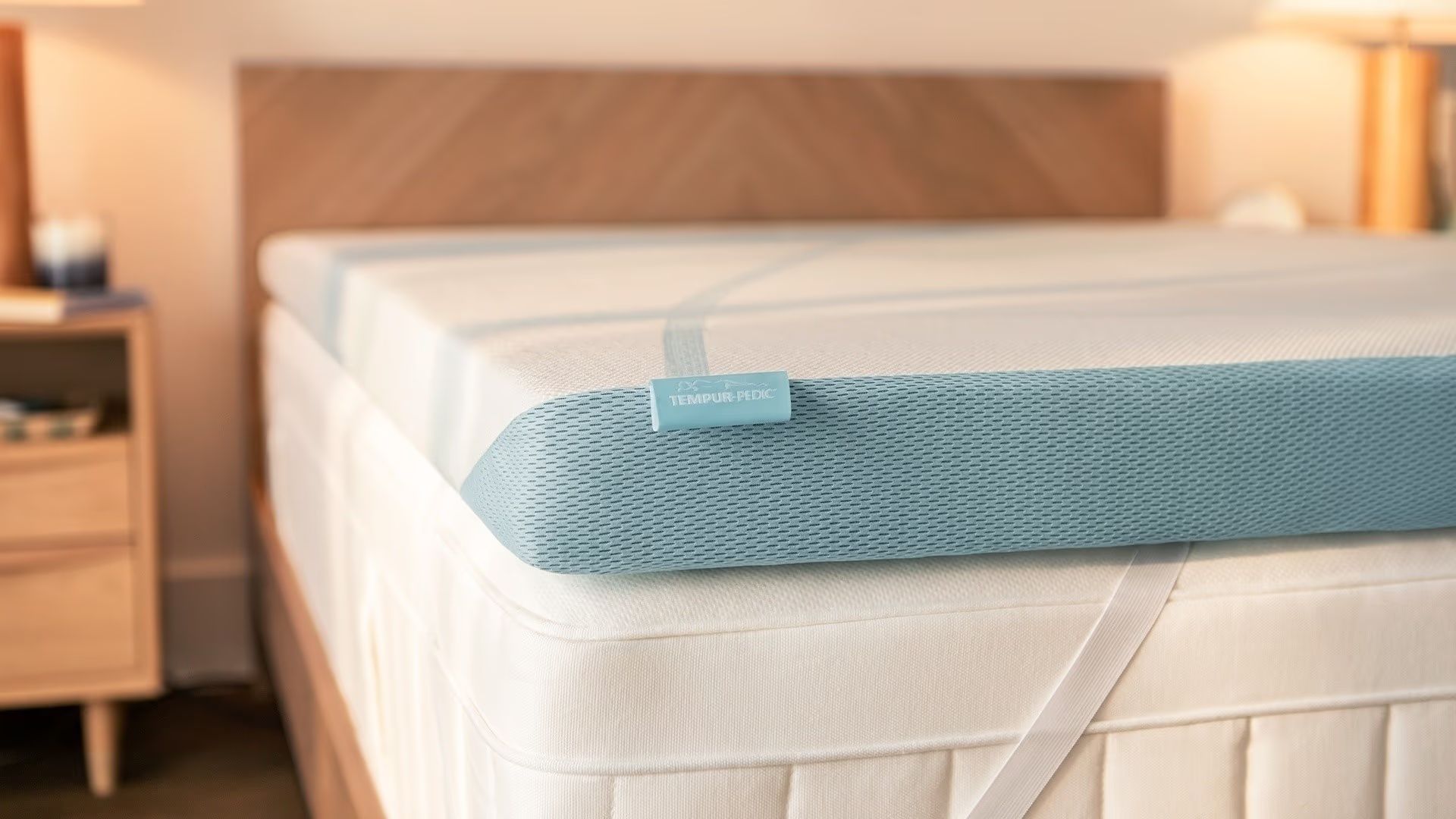
Which ones do I recommend? The Chilipad (available from $1,199 $1,019.15 at Sleepme) is a hydronic cooling pad, while the Sleep Number (available from $999 $749.99 at Sleep Number) uses active air technology to cool (or warm) your bed.
Use breathable bedding
Sweaty sheets? No thank you. Cooling bedding, including pillows, pillowcases, sheets, comforters and mattress protectors, is essential during the warmer summer months.
You’ll want to look out for light, breathable fabrics that can wick away sweat, quickly absorb moisture and help air circulate around your bed. Cotton, bamboo and down are all great options in bedding.
These materials promote a ‘cool-to-touch’ feel and help prevent night sweats and keep your sleeping set-up dry, promoting a cooler and more comfortable night’s rest.
I especially recommend the Olive + Crate Luxury Series bedding set and Coop Cool+ pillow (our testers rate this as the best pillow hot sleepers can buy online right now).
3 things to look for in a cooling memory foam mattress
If you’re a memory foam fan who loves the pressure relief it provides but is also prone to sleeping hot, this is what to look for…
Copper or graphite
Foam beds are typically warmer, but many sleepers still love a memory foam feel. Hence, mattress manufacturers have sought out ways to improve temperature regulation in these beds and one way they do this is by infusing foams with copper and graphite particles.
Metals in mattresses; really? These heat conducting elements are, in fact, able to remove heat from the mattress surface, keeping it cool to touch and helping you sleep cooler while laying on it.
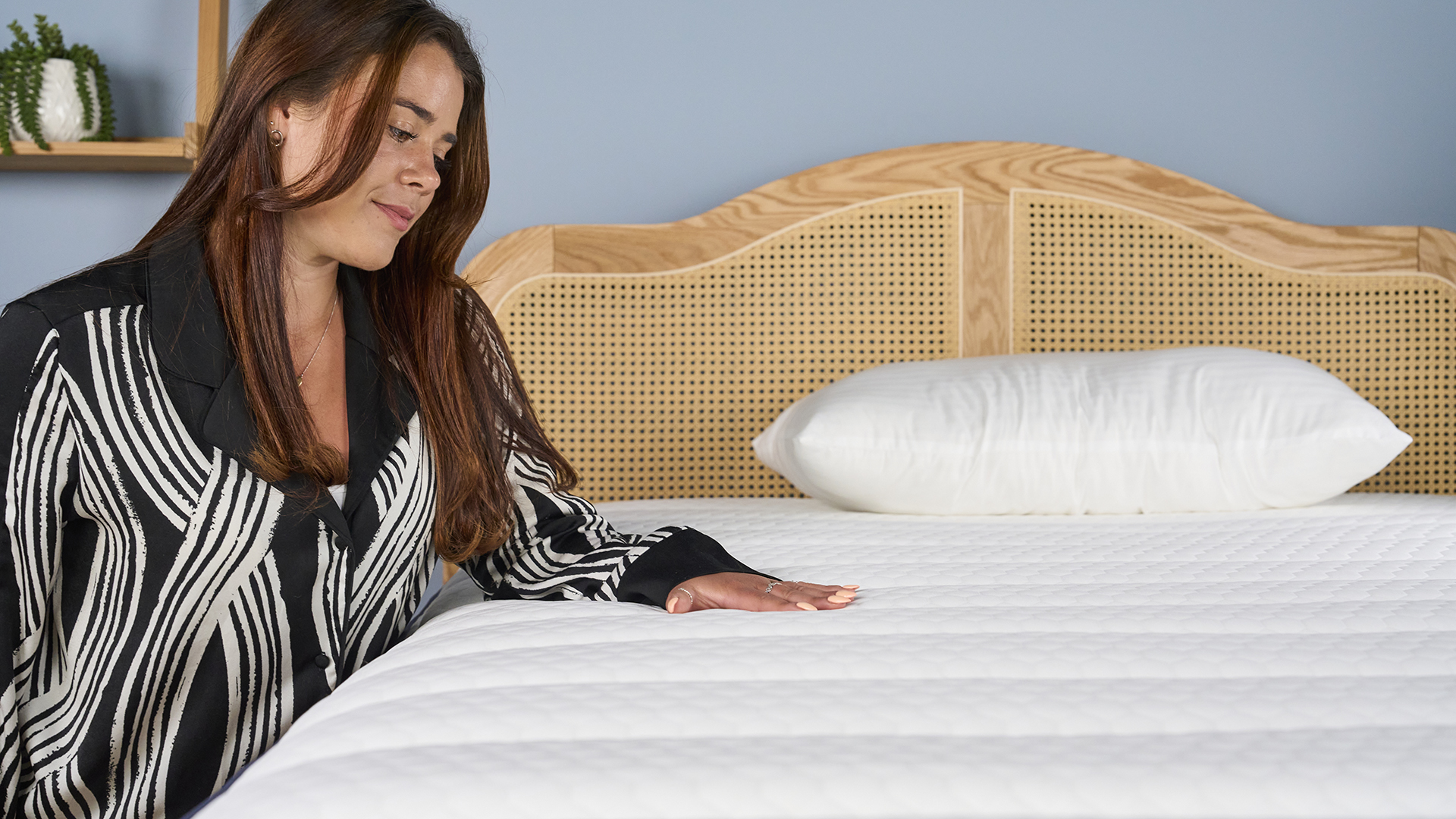
I’ve recently tested the Brooklyn Bedding CopperFlex Pro Hybrid mattress which, as its name suggests, has foams infused with copper, and have been sleeping comfortably through the warm weather — even in a heat-trapping attic bedroom.
Phase Change Material
Phase Change Material (PCM) is a another popular cooling mechanism. These materials are similarly infused in mattresses and remove heat from your sleep surface as they change from a solid to a liquid state.
PCM specializes in temperature balancing. It absorbs excess body heat when you get warm during the night, holds it, and then releases back to your body when you cool down, acting like a thermal reservoir in your bed.
Cooling covers
Mattresses, whether hybrid, memory foam or spring, all benefit from cooling materials in their covers. The mattress cover is what is closest to your body, after all, so you’ll want to make sure it has some cooling properties.
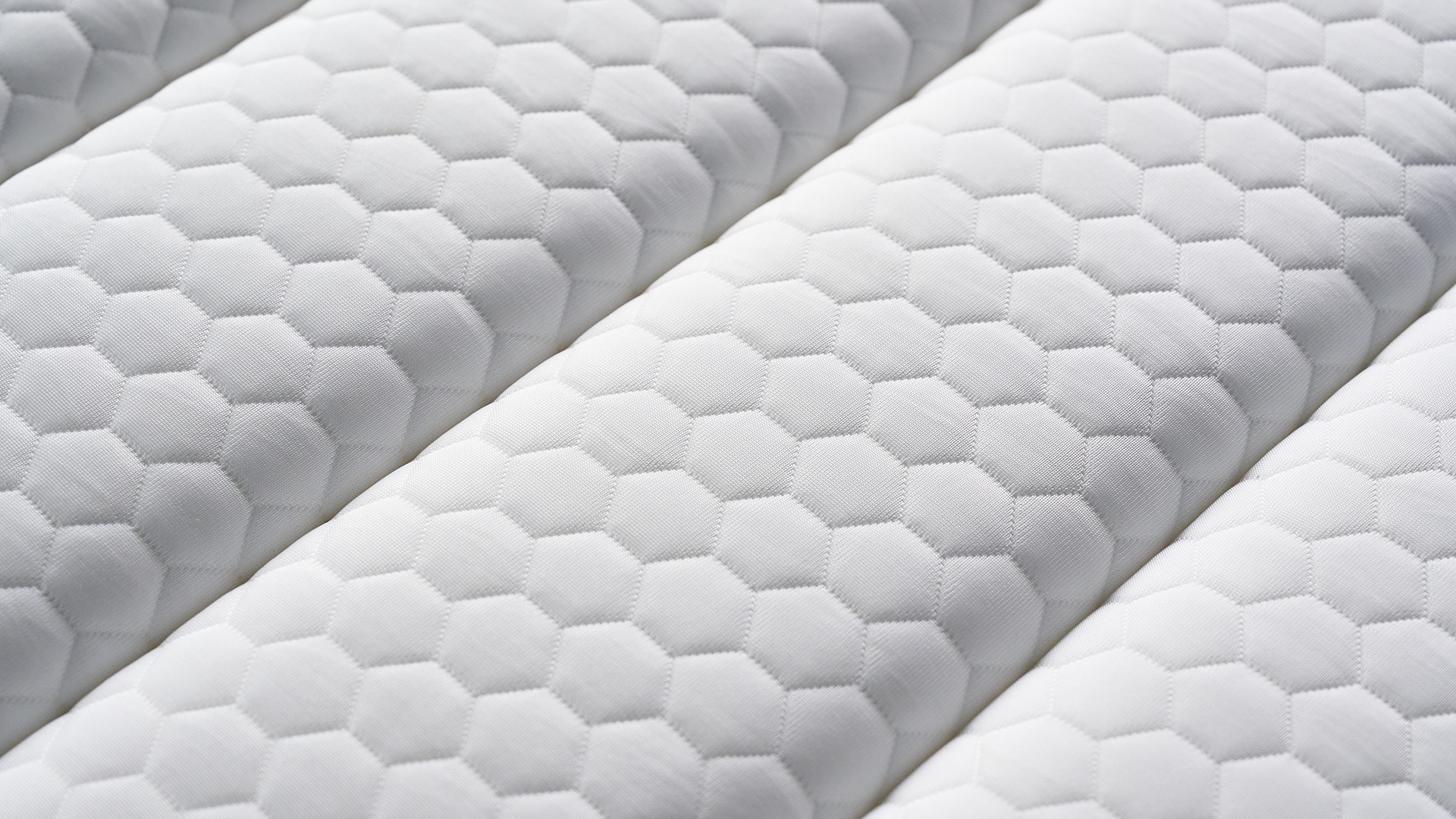
Recognizable materials like cotton and wool are naturally cooling thanks to their open-cell. Meanwhile, innovative fabrics like Tencel, made from wood cellulose, are becoming more popular.
This fabric is now used in both the Saatva Latex Hybrid mattress and the Helix Midnight Luxe mattress and draws moisture away from your skin, preventing the clammy, sweaty feeling we’re prone to during summer nights.
Look out also for mattresses that use cool-to-the-touch fabrics such as GlacioTex in their covers. Such fabrics actively draw heat away from your body, resulting in cooler sleep, especially combined with other cooling materials with your mattress.









